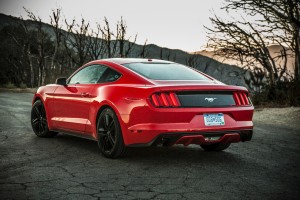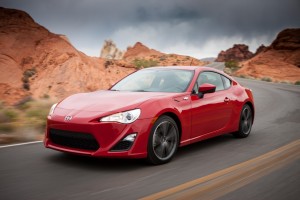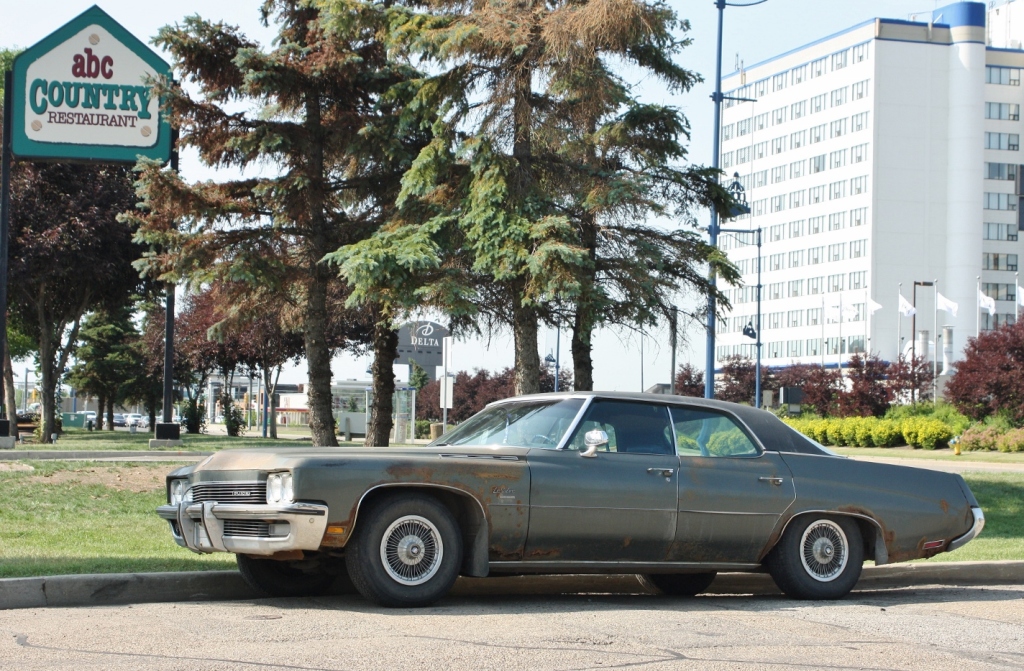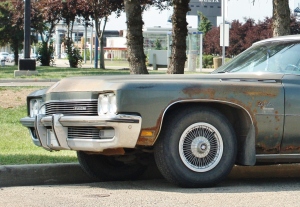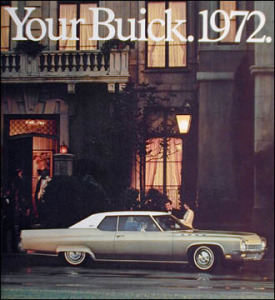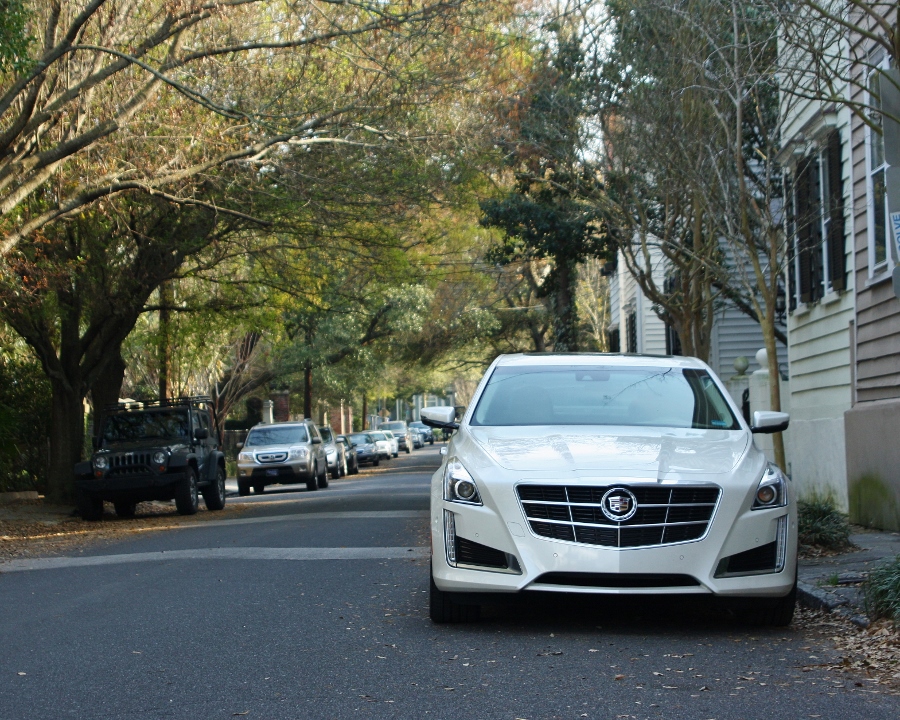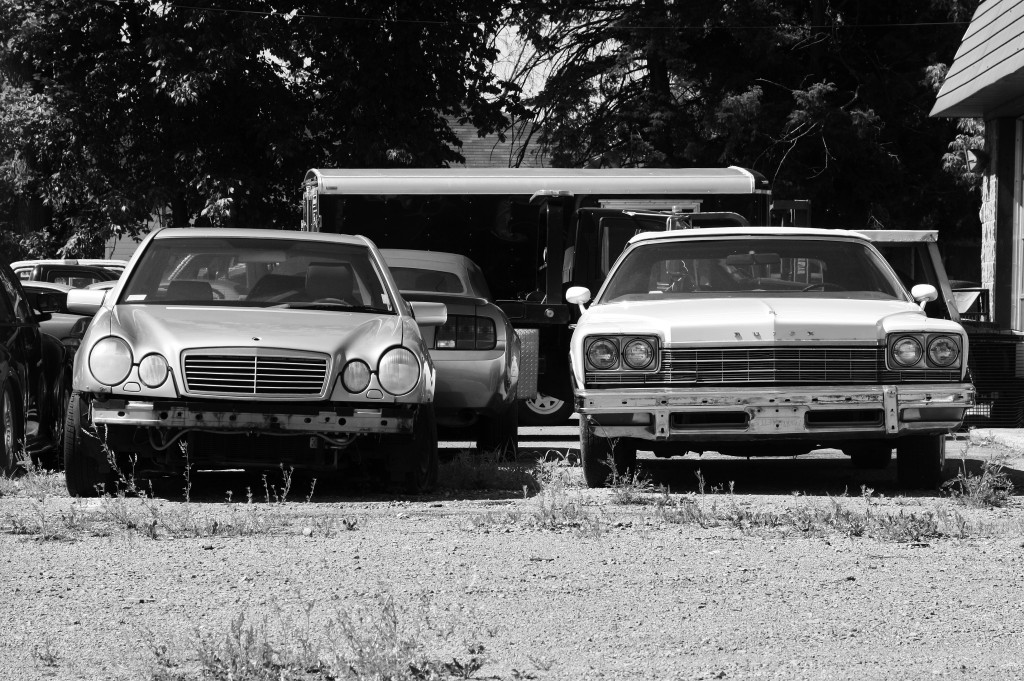Buick rises to No. 2 in dependability study, Lexus keeps crown
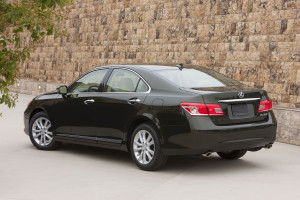
The Lexus brand, once again, took the top spot when the reliability of 2012 models was tabulated (Image: Toyota Motor Corporation)
No one wants to find themselves at the bottom of a J.D. Power Vehicle Dependability Study.
The market research company tracks vehicle reliability over a three-year period, and has the power to make or break a car company’s reputation.
The most recent study followed the trials and tribulations of 2012 model year vehicles, and ranked brands and models accordingly.
Thanks to the study, Buick now has reason to feel sunny, while Fiat might want to have a friend stay at their side.
The resurgent Buick brand rose to the number 2 spot, one step shy of the pinnacle, which is (and was) occupied by Lexus. Toyota and Cadillac were the third and fourth most dependable brands, with Honda and Porsche tied for fifth.
Clearly, there’s a Toyota-General Motors rivalry at play.
Buick also scored the top spot in the large car segment for its Lacrosse.
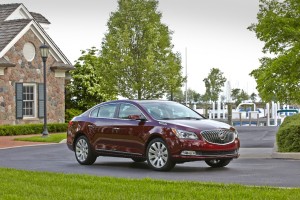
Buick rose to the Number 2 spot in this year’s J.D. Power Vehicle Dependability Study, with the LaCrosse topping the large car segment (Image: General Motors)
J.D. Power forms its list by tabulating the number of owner’s complaints per 100 vehicles of each brand. With 273 problems reported from 100 vehicles, Fiat scored dead last in this study.
This isn’t good news for a quirky brand that’s trying to gain a foothold in a challenging market.
Other brands that fell below average were Ford, Hyundai, Volkswagen, Land Rover, Mini, Jeep and Dodge.
While these rankings could cause vehicle owners (or prospective owners) to tug comically at their shirt collars, let it be known that the study records all complaints, many of which concern non-essential but much-used functions such as infotainment systems.
Images of exploding gas tanks, detaching driveshafts, transmissions falling onto the road, and pistons flying through the hood are often the first things that come to mind when people talk about dependability, but this is increasingly giving way to frustrations over wonky technology and non-user friendly interfaces.
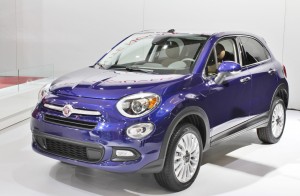
Fiat ranked dead last in the vehicle dependability study, which factored heavily on in-car technology. A 2015 Fiat 500X is seen here.
“Technology issues with vehicles are viewed as significant problems by owners, and they typically don’t go away after the honeymoon period of vehicle ownership is over,” stated Renee Stephens, vice president of U.S. automotive at J.D. Power, following the latest rankings.
Buyers demand the latest technology and conveniences in their vehicles, and automakers struggle to keep up with that demand. When the resulting technology is marketed with flaws and drawbacks, buyers tend to be very critical, and won’t forget when it comes time to decide on another vehicle.
It makes you wonder how the Chevy Vega would have ranked had there been touchscreens and Bluetooth in the ’70s.
Links:
